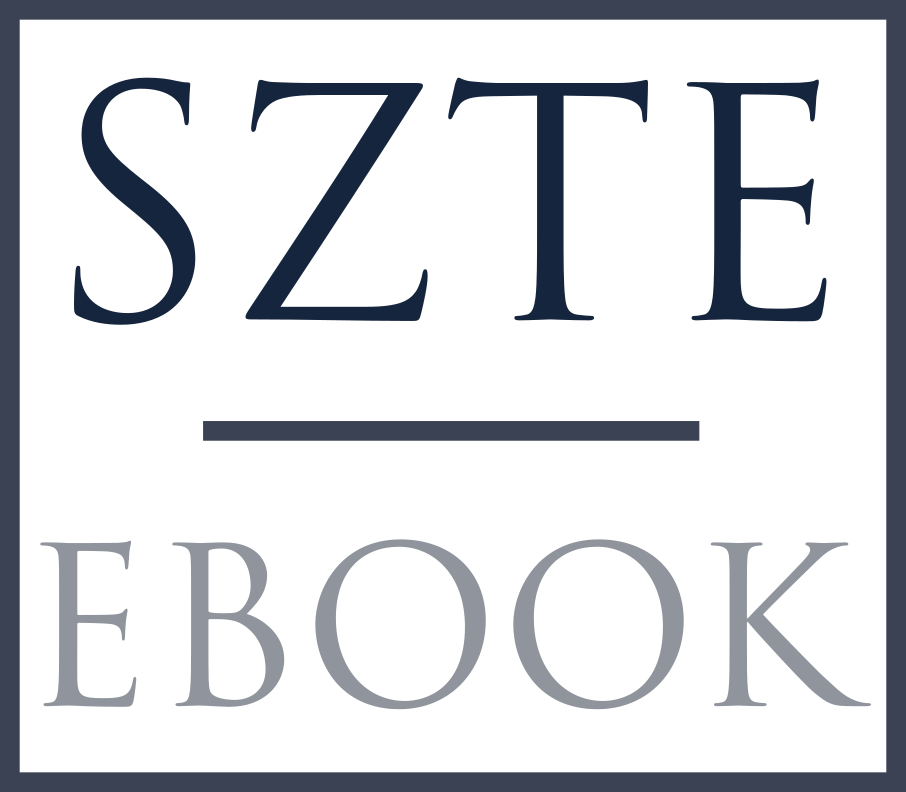A számi viselet szerepe a kortárs vizuális kommunikációban
Synopsis
The author in her article analyses the complicated relations of ethnicity and art on the example of the Sámi ethnical symbols. She presents in what context of historical events and ideological trends the idea of panSamiism has evolved, in what way the issue of the Sámi nation emerged in political and cultural scenes and what central symbols were used by Sámi artists to ensure the success of the new identity discourse. Sámi people living in four states have nowadays a strong sense of belonging. The public appearance of Sámi politicians, public figures, artists is always marked with some Sámi costume or other symbols that visually represent Sámi identity. These visual symbols express Sámi unity, rejection of ‘western’ ideologies and their community and solidarity with other indigenous peoples of the world. Sámi symbols that had been formerly stigmatized in Scandinavia received new meanings and became accepted by the second half of the 20th century, and finally, their popularity exceeds the borders of Sámi communities.
kulcsszavak: számi, művészet, identitás, etnicitás, őshonos, szimbólumok


